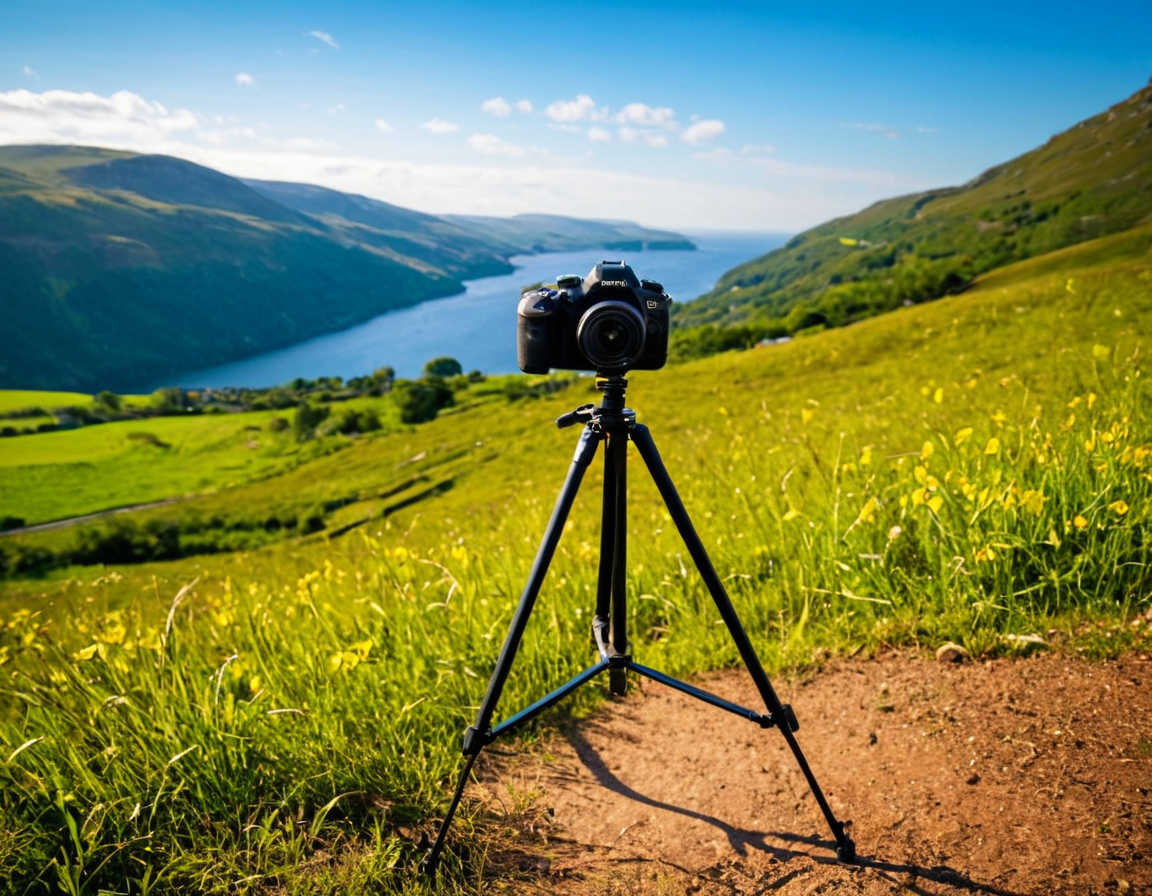Vlog Stabilize Tricks for Success

Mastering the Art of Vlogging: Trends in Camera Stabilization for 2025
As the world of online content creation continues to evolve, vloggers and content creators are faced with an ever-growing list of challenges. One area that is particularly crucial to excel in is camera stabilization. In this article, we will delve into the latest trends and techniques in camera stabilization, providing you with the tools and knowledge needed to take your vlogging game to the next level.
Introduction
The rise of smartphone cameras has made it easier for anyone to create high-quality content. However, as the competition increases, so does the need for better equipment. Camera stabilization is no longer just a nicety; it’s a necessity. In this article, we will explore the latest trends in camera stabilization and provide you with practical examples on how to incorporate them into your vlogging setup.
Understanding Camera Stabilization
Before we dive into the latest trends, let’s take a step back and understand what camera stabilization is all about. Camera stabilization refers to the technology used to reduce camera shake and movement. This is achieved through various methods such as using a gimbal, a stabilizer, or even advanced smartphone features.
Gimbals: The Gold Standard
Gimbals have been around for a while but have become increasingly popular in recent years. They offer unparalleled stability and control, making them a top choice among vloggers. However, gimbals can be expensive and require some getting used to.
One of the most popular gimbal brands is DJI. Their Ronin series has been a game-changer in the industry, offering advanced features such as follow-me mode and activeTrack.
Smartphone Stabilization
For those who prefer not to invest in a separate gimbal or stabilizer, smartphone stabilization is an excellent alternative. Most recent flagship smartphones come equipped with advanced camera stabilization features.
One popular method is using the phone’s built-in electronic image stabilization (EIS). This feature uses advanced algorithms to reduce camera shake and movement.
Advanced Camera Stabilization Techniques
As we move forward in 2025, we can expect to see even more advanced camera stabilization techniques. One such technique is the use of 3D modeling and motion tracking.
This involves using software to create a 3D model of the environment and then tracking the camera’s movement in real-time. The resulting footage is incredibly smooth and realistic.
Practical Examples
Example 1: Using a Gimbal with DJI Ronin
To get started with gimbals, you’ll need to invest in one. DJI’s Ronin series is an excellent choice, offering advanced features such as follow-me mode and activeTrack.
Here’s an example of how to set up your gimbal:
- Mount the camera to the gimbal
- Adjust the stabilizer to your desired level of movement
- Start recording
Example 2: Smartphone Stabilization with EIS
If you prefer not to invest in a separate gimbal or stabilizer, smartphone stabilization is an excellent alternative.
Here’s an example of how to use EIS on your smartphone:
- Open the camera app
- Enable EIS
- Start recording
Conclusion
Camera stabilization is no longer just a nicety; it’s a necessity. As we move forward in 2025, we can expect to see even more advanced techniques and technologies.
To take your vlogging game to the next level, focus on investing in high-quality equipment and learning the latest techniques. Remember, camera stabilization is not just about reducing camera shake and movement; it’s about creating a seamless viewing experience for your audience.
Call to Action
What are some of your favorite camera stabilization techniques? Share them with us in the comments below!
Tags
vlogging-tips camera-stabilization trends professional-vlogging creator-tools
About Isabella Anderson
As a seasoned photographer and educator, I help creatives unlock their full potential on lentecreativa.com. With 3+ yrs of experience teaching photography techniques & tips, I've worked with top brands to develop innovative tools for photographers. Let's chase those shots!
